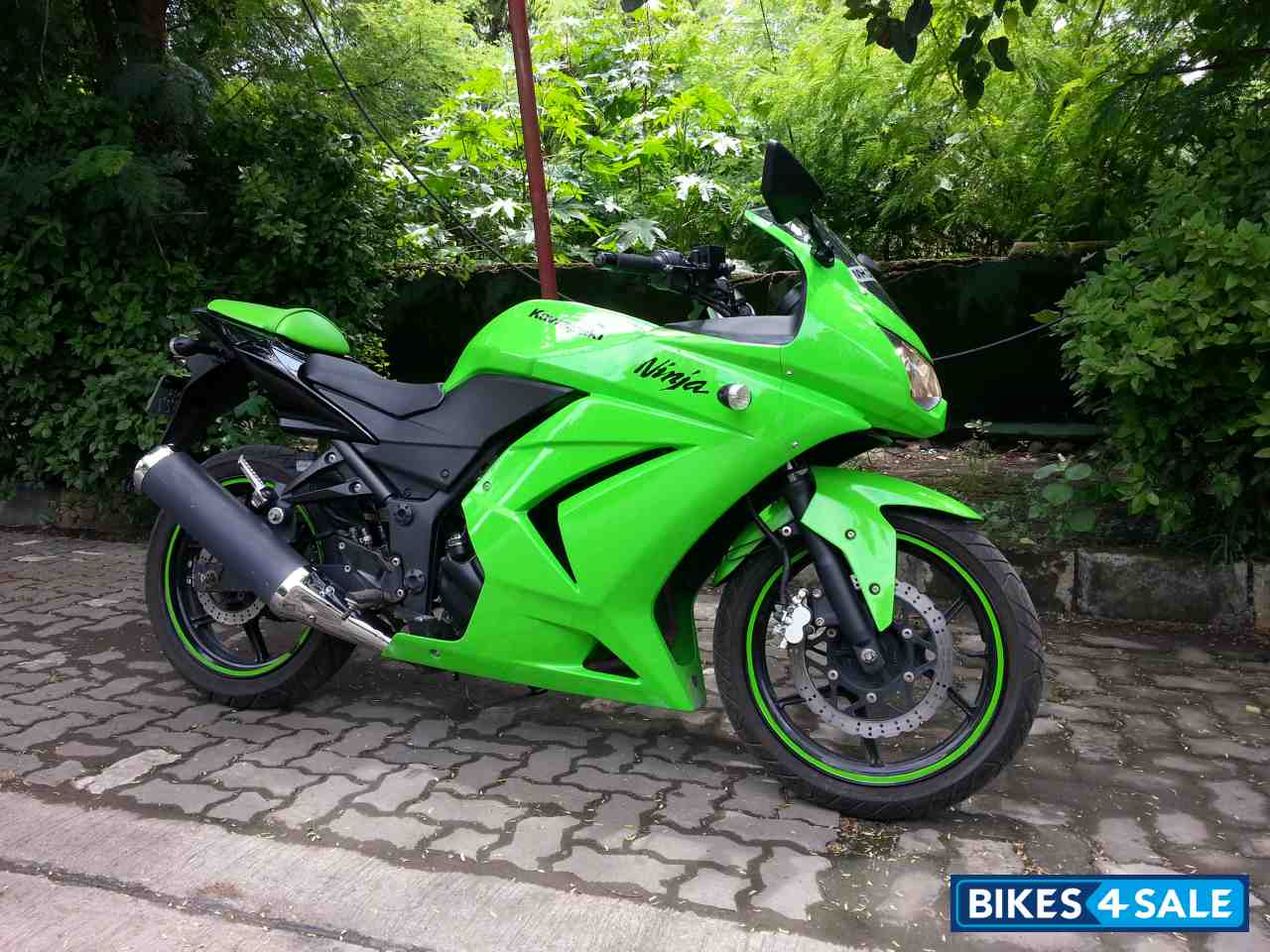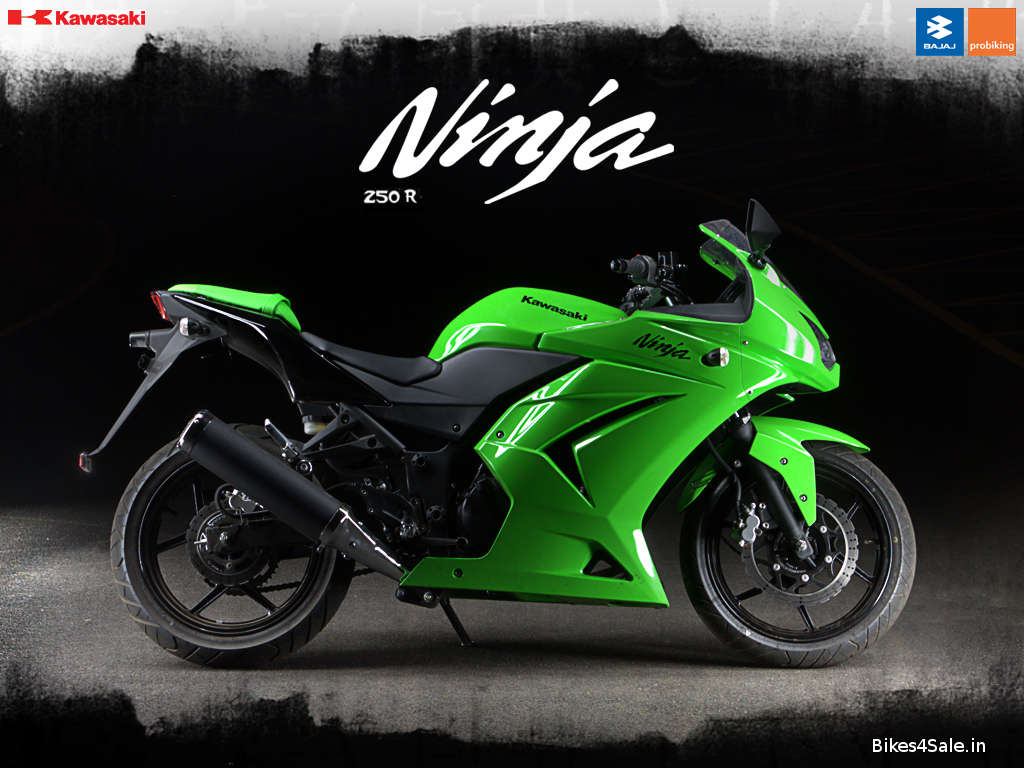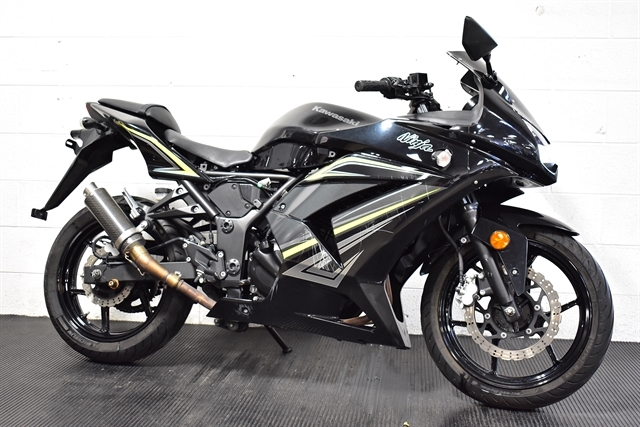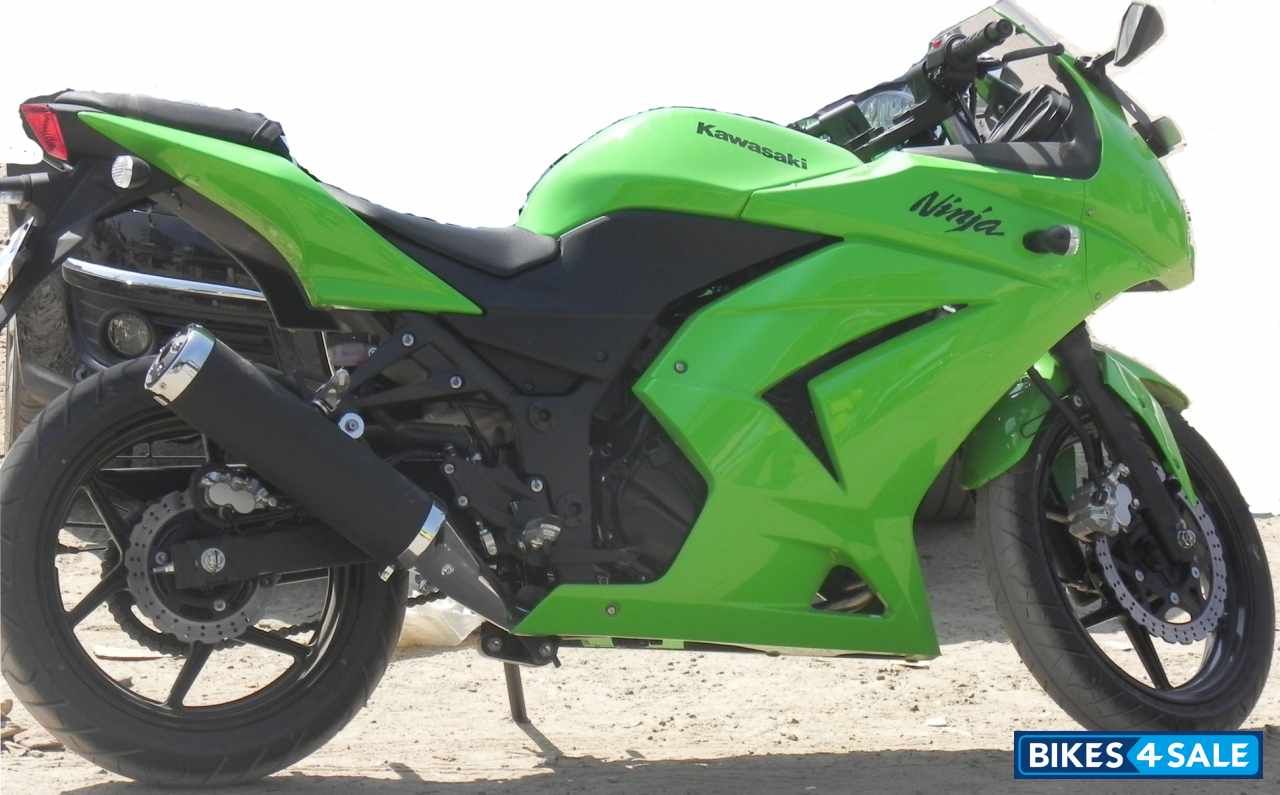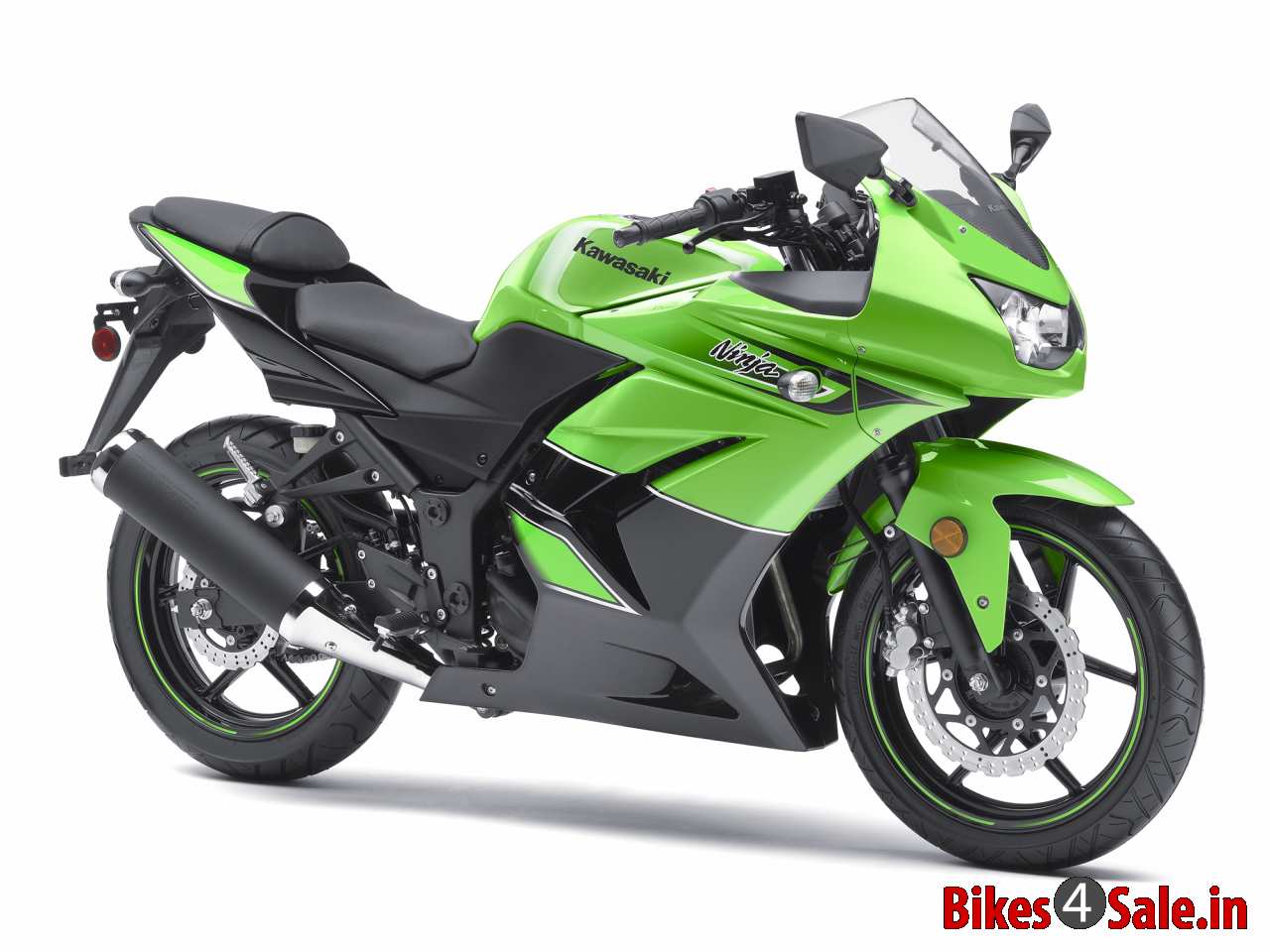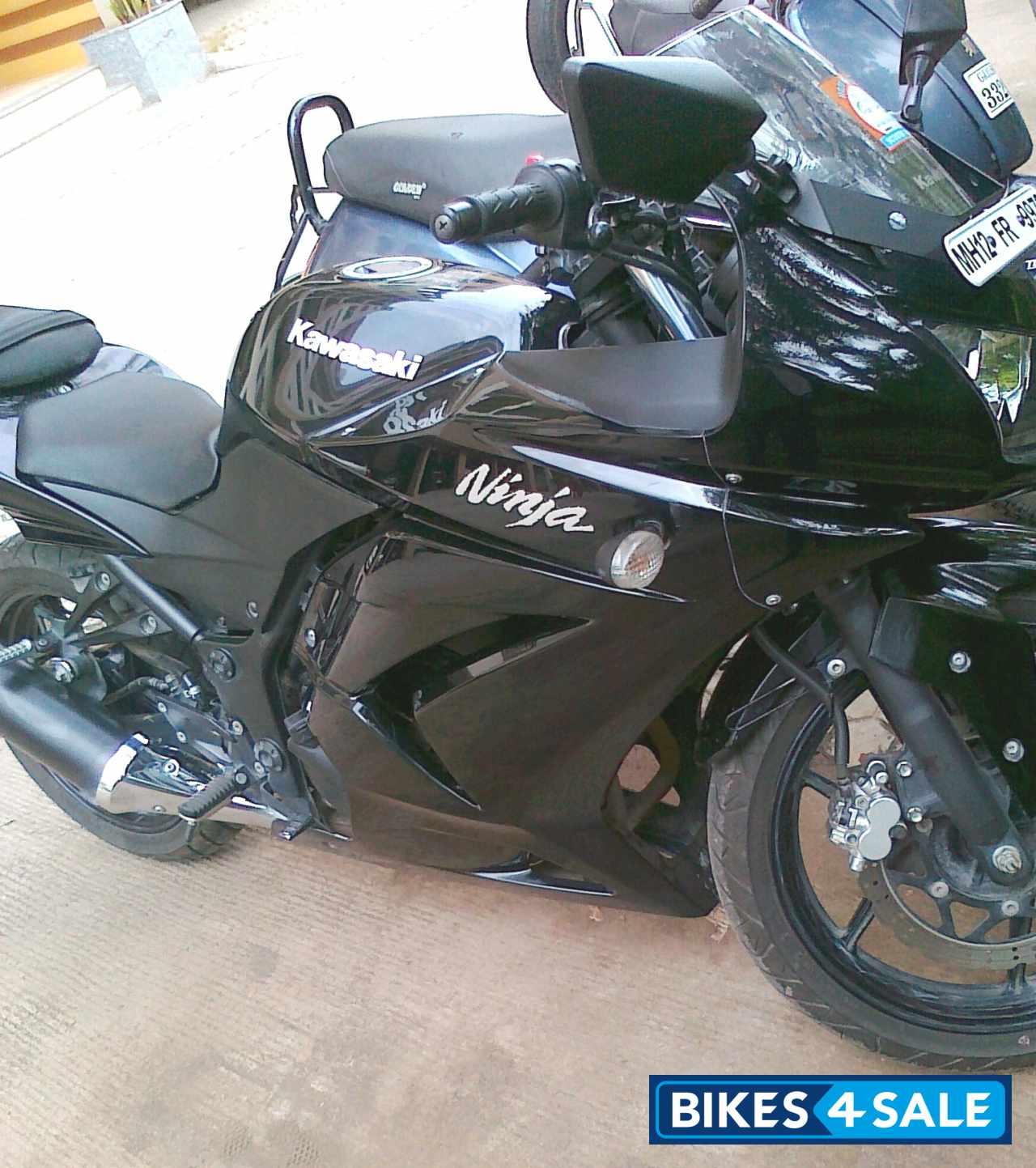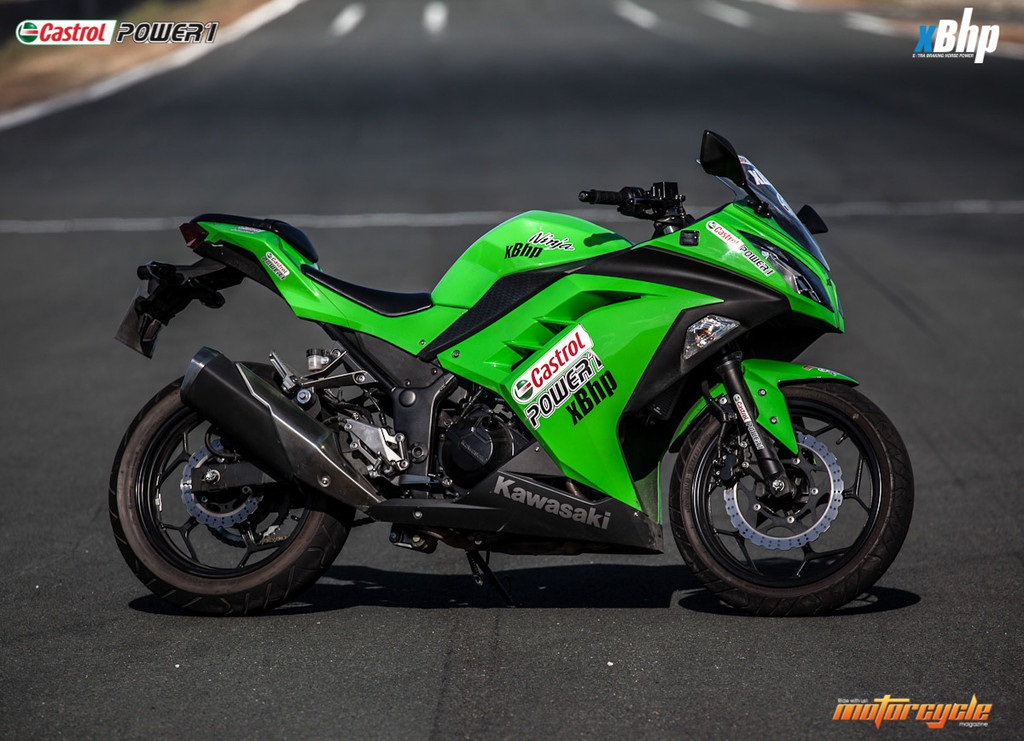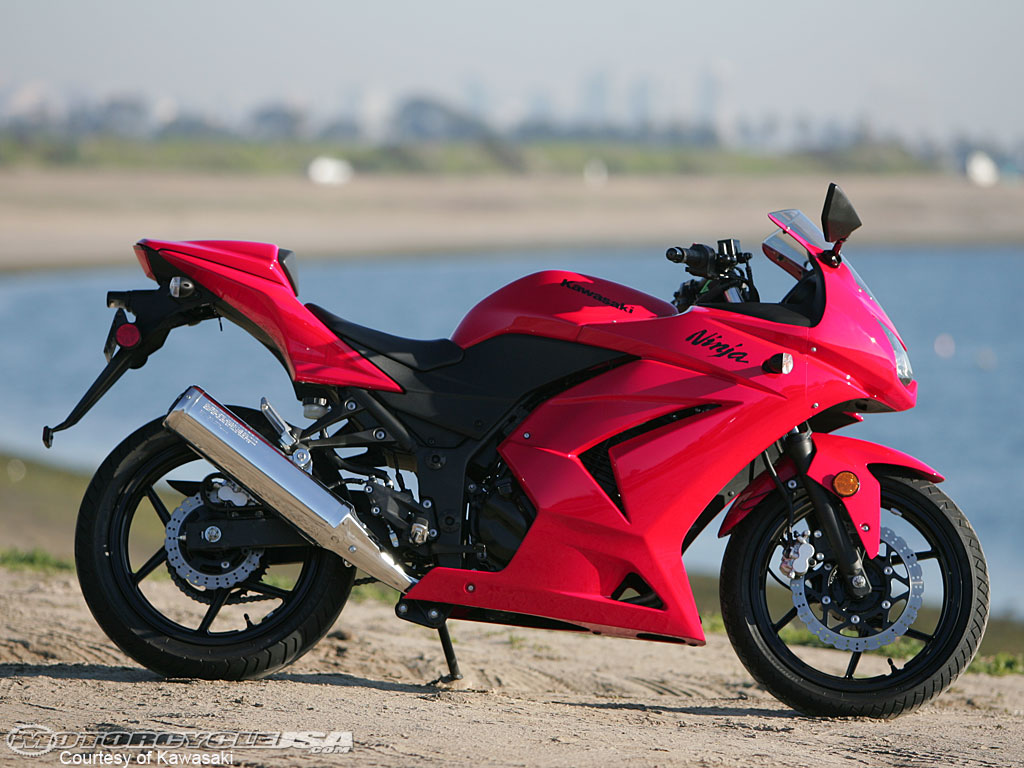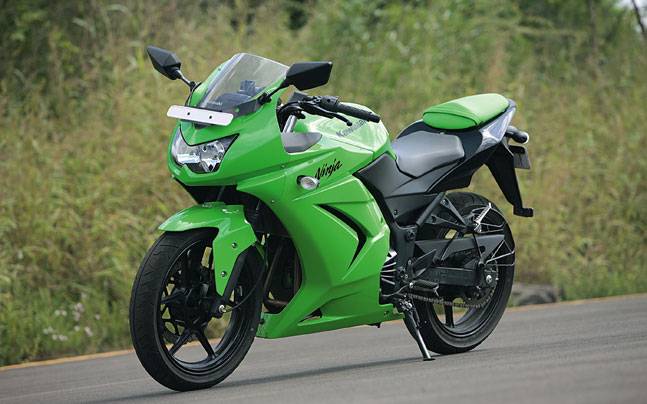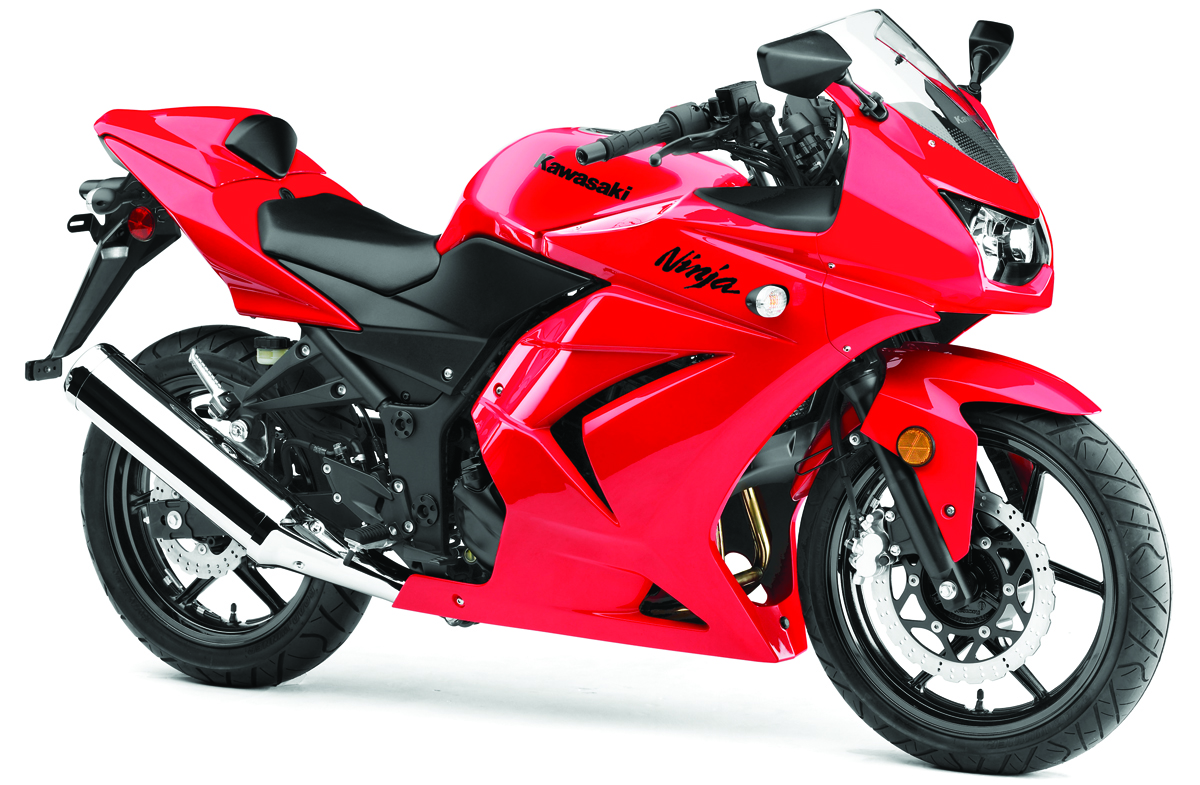Kawasaki Ninja 250r Second Hand Price

The Kawasaki Ninja 250R, a motorcycle once synonymous with entry-level sportbike excitement, now finds itself navigating the complex currents of the used motorcycle market. Its price, once a reliable gauge of accessibility for new riders, is now subject to a variety of fluctuating factors, leaving potential buyers and sellers alike grappling with uncertainty. Understanding the factors influencing the 250R's second-hand value is crucial for making informed decisions in today's dynamic market.
This article delves into the intricacies of the used Kawasaki Ninja 250R market, analyzing the key determinants of its current pricing landscape. We'll explore factors ranging from model year and condition to geographical location and overall market trends, providing a comprehensive overview for anyone looking to buy or sell this iconic motorcycle. By examining data from reputable sources and expert opinions, we aim to provide clarity and actionable insights into the second-hand Ninja 250R pricing.
Factors Influencing Second-Hand Prices
Model Year and Condition: The age of the motorcycle is a primary price determinant. Earlier models, particularly those from the late 1980s and early 2000s, generally command lower prices than those produced in the late 2000s and early 2010s, thanks to technological improvements and aesthetic updates.
A motorcycle's physical and mechanical condition is equally crucial. Bikes with minimal wear and tear, a clean title, and complete service records invariably fetch higher prices. Conversely, damage from accidents, neglected maintenance, or significant cosmetic flaws will significantly depreciate the value.
Mileage and Modifications: High mileage typically correlates with increased wear and tear, reducing the value of a used Ninja 250R. Motorcycles with extensive modifications, even if aesthetically pleasing, may be viewed with skepticism by some buyers, potentially impacting resale value unless those modifications are widely desirable and professionally installed.
Geographical Location: Demand and supply dynamics vary across regions. In areas with a higher concentration of motorcycle enthusiasts or limited availability of used 250Rs, prices may be higher. Conversely, regions with a saturated market or a shorter riding season might see lower prices.
Market Trends and Seasonality: Broader economic conditions and seasonal fluctuations also play a role. Economic downturns often lead to decreased demand for recreational vehicles, including motorcycles, putting downward pressure on prices. Spring and summer, the peak riding seasons, typically see increased demand and potentially higher prices.
Expert Opinions and Data
According to Kelly Blue Book (KBB), a reputable source for vehicle valuations, the typical listing price for a used Kawasaki Ninja 250R varies significantly depending on the year and condition. A 2008-2012 model in excellent condition might range from $2,000 to $3,500, while an older or less well-maintained model could fall below $1,500.
Online motorcycle marketplaces, such as Cycle Trader and eBay Motors, also provide valuable insights into current pricing trends. A snapshot analysis of these platforms reveals a wide range of asking prices, reflecting the diverse conditions and modifications of the motorcycles listed.
"The Ninja 250R remains a popular choice for new riders due to its affordability and ease of handling," says Johnathan Miller, a motorcycle mechanic at a local repair shop. "However, buyers should be diligent in inspecting the bike's condition and verifying its maintenance history to avoid potential issues."
Buyer and Seller Perspectives
For Buyers: Prospective buyers should conduct thorough research, comparing prices from multiple sources and carefully inspecting the motorcycle's condition before making an offer. A pre-purchase inspection by a qualified mechanic is highly recommended to identify any hidden problems.
Negotiation is often possible in the used motorcycle market. Buyers can leverage factors such as cosmetic flaws, high mileage, or lack of service records to negotiate a lower price. Financing options are often available for used motorcycles, but interest rates may be higher than those for new vehicles.
For Sellers: Sellers can maximize their chances of a successful sale by accurately assessing the motorcycle's condition, providing detailed photos and descriptions, and setting a competitive price. Highlighting any recent maintenance or upgrades can also attract potential buyers.
Being transparent about any known issues and providing complete documentation can build trust with potential buyers. Responding promptly to inquiries and being willing to negotiate can also facilitate a smooth transaction.
The Future of the Used Ninja 250R Market
While the Kawasaki Ninja 250R is no longer in production, its legacy as an accessible and enjoyable entry-level sportbike ensures its continued presence in the used motorcycle market. Demand may fluctuate based on broader economic conditions and the availability of newer entry-level models.
However, the 250R's reputation for reliability and affordability is likely to sustain its value as a budget-friendly option for new riders and enthusiasts alike. As long as well-maintained examples remain available, the Ninja 250R will continue to offer a compelling option for those seeking an affordable and fun motorcycle experience. The key is to stay informed about the factors driving its price and to approach the buying or selling process with diligence and a clear understanding of the market dynamics.

